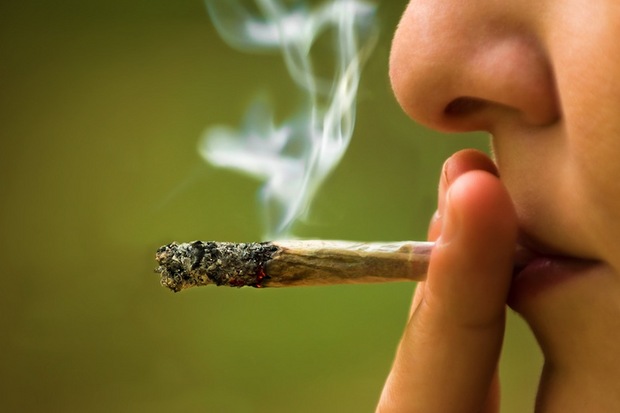New York Marijuana Reform: A Chronic Issue for 70 Years

NEW YORK — Marijuana reform has been on the lips of politicians in the Empire State lately. Last month, The New York Times revealed the Brooklyn district attorney's office would stop prosecuting individuals arrested for possessing marijuana in small amounts. In Albany, state lawmakers have been battling over the Compassionate Care Act, a law that would allow the medical use of marijuana.
But the current conversations about cannabis are hardly new. New Yorkers have been challenging pot prohibition since it was federally legislated more than 70 years ago.
A group of historians and drug experts gathered here at The New York Academy of Medicine (NYAM) Thursday night (May 1) to revisit that history. Their panel discussion kicked off a two-day symposium on the LaGuardia Committee Report, one of the first scientific investigations into the effects of marijuana, issued by NYAM in 1943. [Image Gallery: 7 Potent Medicinal Plants]
The early War on Drugs
The seeds of the "War on Drugs" were planted long before then-President Richard Nixon declared drug abuse "public enemy number one" in 1971, said the Drug Policy Alliance's New York State Director gabriel sayegh (who styles his name in lowercase). The first commissioner of the Federal Bureau of Narcotics, Harry J. Anslinger, led a vigorous anti-pot campaign in the 1930s, which led to the Marijuana Tax Act of 1937, effectively criminalizing the use of marijuana.
"After the Marijuana Tax Act passed, there were all kinds of sensational ideas about what marijuana could do to people," said Dr. Sunil Aggarwal, a researcher at New York University who studies cannabis.
Claims that the drug led to insanity or gave off "homicidal vibrations" were so prevalent that savvy attorneys adopted a marijuana defense for their clients who were accused of violent crime, even in high-level cases, Aggarwal said. As an expert witness during a murder trial, Dr. James Munch, a pharmacologist from Temple University, once testified that marijuana (which he smoked for scientific purposes) turned him into a bat.
Sign up for the Live Science daily newsletter now
Get the world’s most fascinating discoveries delivered straight to your inbox.
Anslinger kept a "gore file" of these salacious reports. But not all lawmakers were convinced that marijuana was a menace to American society — including Fiorello LaGuardia, who was mayor of New York from 1934 to 1945, and a thorn in Anslinger's side. In 1939, LaGuardia commissioned his own study to look at the effects of pot.
'Exaggerated' effects
The report included an extensive sociological study, as well as a clinical study that examined
"Drug policy in America has not primarily been public health policy," said David Herzberg, a history professor at the University at Buffalo. Rather, it's been a field for a variety of political agendas that shy away from nuance, Herzberg said.
Anslinger, who had no medical background of his own, had a reputation for discrediting doctors and scientists, said Alexandra Chasin, a history professor at The New School in New York City who is writing a biography of Anslinger. The commissioner was also accused of using racial themes in his campaign against marijuana, which included targeting jazz musicians.
Today, marijuana-related offenses make up nearly half of all drug arrests, according to the Drug Policy Alliance, and these arrests disproportionately affect people of color. A report issued by the American Civil Liberties Union (ACLU) last year found that black people are 3.7 times more likely than white people to be arrested for marijuana possession, despite comparable rates of usage.
The media often exacerbates that problem of racial disparity in drug charges, giving preferential treatment in cases involving people of power and privilege, said Maurice Lacey, executive director of the Faith Mission Crisis Center.
"Whitney Houston gets to be a 'crackhead,' and Lindsay Lohan has a 'chemical-dependency problem,'" Lacey said.
Follow Megan Gannon on Twitter and Google+. Follow us @livescience, Facebook & Google+. Original article on Live Science.










